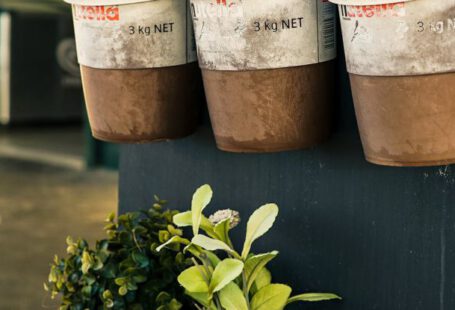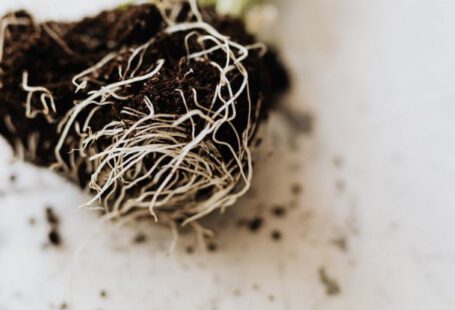Formal gardens are known for their structured layout, symmetrical design, and meticulous attention to detail. When it comes to choosing plants for a formal garden design, there are several key factors to consider to ensure that your garden achieves the desired look and feel. From selecting the right plant species to understanding the principles of balance and proportion, creating a formal garden that exudes elegance and sophistication requires careful planning and consideration.
Understand the Formal Garden Aesthetic
Before selecting plants for your formal garden, it is essential to have a clear understanding of the aesthetic you want to achieve. Formal gardens are characterized by their geometric shapes, straight lines, and neatly trimmed hedges. They often feature a symmetrical layout with a central focal point, such as a fountain or statue. By familiarizing yourself with the principles of formal garden design, you can better choose plants that complement and enhance the overall aesthetic of your garden.
Consider Plant Size and Shape
When choosing plants for a formal garden, it is important to consider the size and shape of each plant in relation to the overall design. Opt for plants that can be neatly trimmed and shaped to maintain a clean and orderly appearance. Boxwood, yew, and holly are popular choices for formal gardens due to their ability to be pruned into geometric shapes and hedges. Additionally, consider the mature size of each plant to ensure that they do not outgrow their allotted space and disrupt the balance of the garden.
Select Plants with Formal Appeal
Certain plant species are well-suited for formal garden designs due to their inherent elegance and formality. Roses, with their classic beauty and structured growth habit, are a popular choice for formal gardens and can be trained to climb walls or trellises. Lavender, with its fragrant blooms and tidy growth habit, adds a touch of sophistication to formal garden borders. Other plants to consider include topiaries, clipped shrubs, and formal espaliered trees, all of which contribute to the refined look of a formal garden.
Maintain a Sense of Symmetry and Balance
Symmetry and balance are key principles of formal garden design and should be taken into consideration when choosing plants. Aim to create a sense of harmony and order by planting symmetrically on either side of a central axis or focal point. Use plants of equal size and shape to create a sense of balance and repetition throughout the garden. Avoid overcrowding plants or introducing asymmetrical elements that can disrupt the formal aesthetic of the garden.
Incorporate Seasonal Interest
To ensure year-round visual appeal, incorporate plants with varying textures, colors, and seasonal interest into your formal garden design. Consider mixing evergreen plants with deciduous species to maintain structure and interest during the winter months. Include plants that bloom at different times of the year to create a dynamic and ever-changing garden landscape. Additionally, select plants with interesting foliage or bark to add depth and visual appeal to your formal garden design.
Create a Cohesive Plant Palette
When selecting plants for a formal garden, it is important to create a cohesive plant palette that complements the overall design. Choose plants with a consistent color scheme or select a limited number of plant species to create a sense of unity and cohesion. Consider the texture, form, and scale of each plant to ensure that they work harmoniously together within the garden space. By creating a cohesive plant palette, you can achieve a unified and polished look that enhances the formal aesthetic of your garden.
Embrace Formality with Confidence
Choosing plants for a formal garden design requires a thoughtful approach that considers the principles of balance, symmetry, and proportion. By understanding the aesthetic of formal gardens and selecting plants that embody elegance and formality, you can create a garden that exudes sophistication and charm. Embrace the structured beauty of formal garden design with confidence, and enjoy the timeless appeal of a well-appointed garden that reflects your style and personality.





